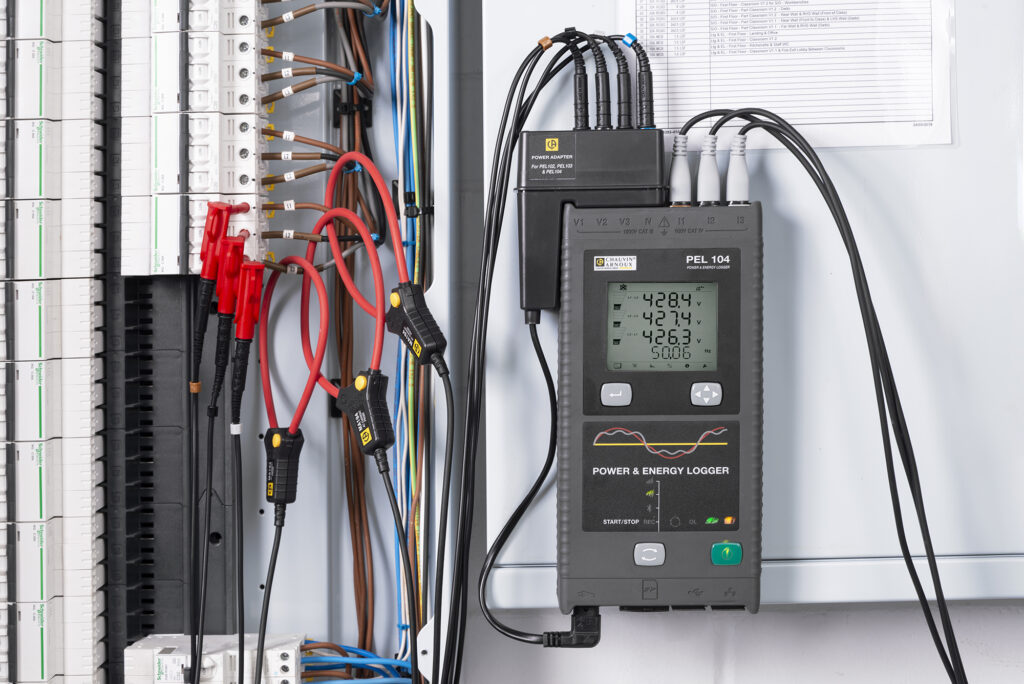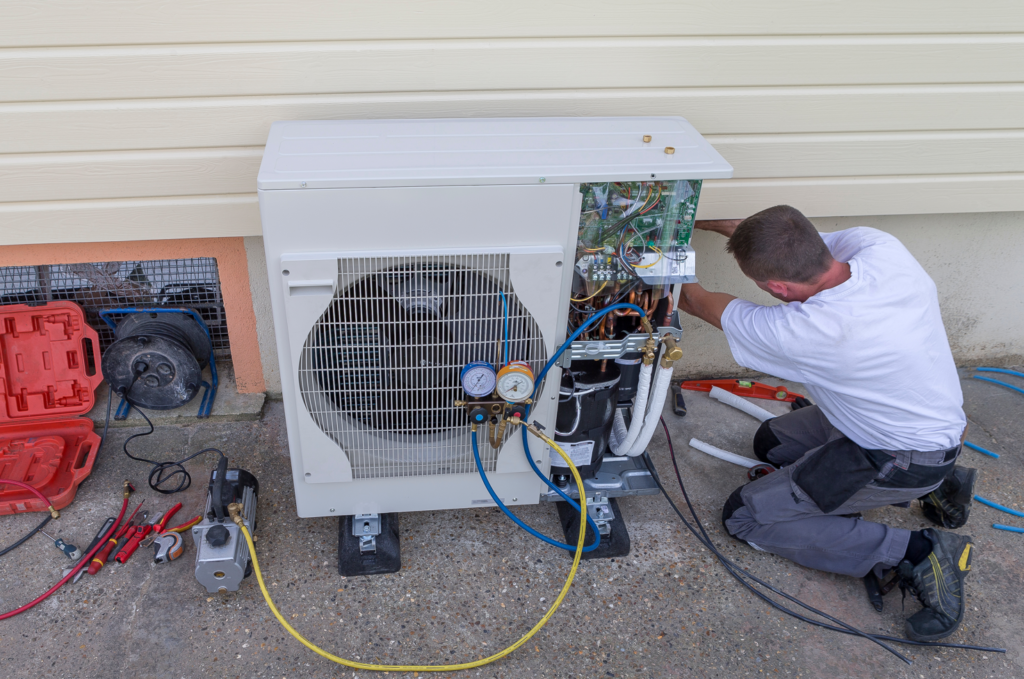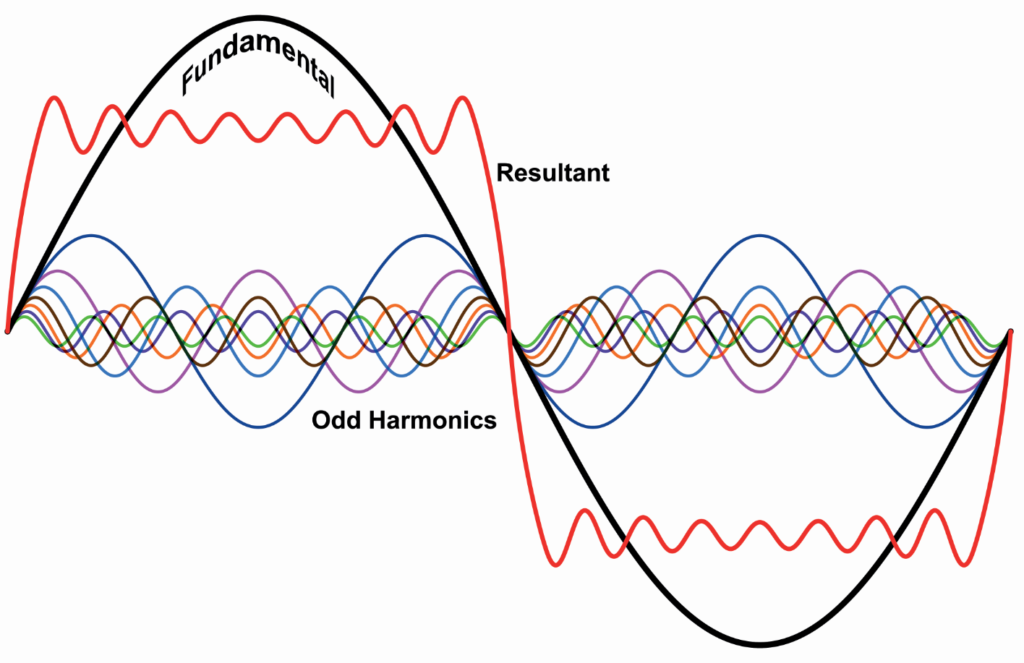With a portable energy logger (PEL), you can offer your customers energy surveys and show them exactly where and when they’re using energy. You simply monitor their consumption at key points, usually a distribution board, over a period of time – your PEL will do all the work for you – and present a report. You’ll be helping your customer to make worthwhile savings on their energy bills and it’s likely you’ll get some additional work as well, such as fitting occupancy sensors to control indoor lighting and heating, and time switches to control exterior lights.
Load balancing is worthwhile on existing installations and is particularly important when new high-power loads, such as EV chargers are being installed. No doubt when an installation was new, efforts would have been made to balance the loads across all three phases of the supply. But much can change over time and, if new equipment has been added, the loads may now be way out of balance. This can lead to excessive losses, premature failure of three-phase motors and increased energy charges.




